As the Frozen juggernaut continues with no signs of slowing whatsoever, the ubiquitous anthem “Let It Go” rings in the ears of children and parents worldwide. What many may have missed in the phenomenon is the Connecticut connection.
The anthem “Let It Go,” sung in the movie by both Idina Menzel and Demi Lovato (over the closing credits), was penned by Yale graduate Robert Lopez, whose notoriety and track-record is virtually without recent parallel. The song was co-written with his wife, Kristen Anderson-Lopez. Together, they also wrote the songs for the 2011 Disney animated musical Winnie the Pooh.
Prior to Frozen, Lopez was best known for co-creating The Book of Mormon and Avenue Q, two of Broadway’s stand-out box office smashes of the past decade. He is one of only 12 people who have won an Emmy, Grammy, Oscar, and Tony Award, and the only person to win all four within a decade.
Lopez was born in Manhattan, developed an interest in music from an early age, and wrote his first song at age seven. He received a B.A. in English from Yale University (Class of ’97), where he was a member of the Yale Spizzwinks and wrote comedic songs for various student-run theater groups, according to the Avenue Q website.
Earlier this year, when Lopez took home an Academy Award for Best Original Song for co-writing "Let It Go" he became the youngest person, at age 39, to "EGOT", (win an Emmy, Grammy, Oscar, and Tony Award). Lopez previously won the Grammy and Tony for The Book of Mormon, and received Daytime Emmy Awards for music direction and composition for the kids TV series The Wonder Pets.
IMDb and Variety reported that "EGOT" members include Whoopi Goldberg, Audrey Hepburn, Mel Brooks, Mike Nichols, and Scott Rudin, among the 12 members of the exclusive club.
In 2011, he told the Yale Daily News “the Spizzwinks are still my best friends, longest-lasting friends from college. I first got my inkling in college that I might not want to just write serious stuff. That music could be funny. That was something I enjoyed doing. The Spizzwinks were really the first place where I started dabbling with that.” Success, however, did not come overnight. “Right out of college I lived with my mom and dad. I lived with them for four years after college. They were extremely supportive of me. Without that, I don’t know where I’d be,” he told the newspaper.
In an interview this year with People magazine, Anderson-Lopez said "Frozen has been a team, family effort," says Anderson-Lopez. "Every song we wrote, our [daughters Annie, 4, and Katie, 9,] were the first audience for it and if they didn't want to hear it again, we went back to the drawing board." The couple wrote eight songs for Frozen.
Lopez told NPR’s Terry Gross that “When this song came to us, we were on a little stroll through Prospect Park in Brooklyn near our house, and we both started to improv what Elsa might be feeling. So we stood up on picnic tables.” He added, “Once we had the idea for the song, it came quite quickly. It took about, you know, a day and a half.”
In April, Frozen became the highest-grossing animated film in box office history, just days after the film was released on DVD and Blu-ray. The Frozen soundtrack is also the best-selling digital soundtrack album in history and the top-selling album of 2014, having spent 31 consecutive weeks in the top 5 on the Billboard 200 chart, including 13 nonconsecutive weeks at No. 1. The "Let It Go" film clip from Frozen has been viewed nearly 300 million times on YouTube.
Disney had the song recorded in 25 different languages for international versions of the film: French, German, Dutch, Mandarin, Swedish, Japanese, Latin American Spanish, Polish, Hungarian, Castilian Spanish, Catalan, Italian, Korean, Serbian, Cantonese, Portuguese, Bahasa Malaysian, Russian, Danish, Bulgarian, Norwegian, Thai, Canadian French, and Flemish.
"The Story of Frozen: Making a Disney Animated Classic" will be broadcast by Disney-owned ABC television on Tuesday, Sept. 2 at 8 p.m.
 ervices firm, develops the annual ranking of millionaires per capita by state. The results care culled from their Global Wealth Monitor, a service that tracks affluent and high net worth households.
ervices firm, develops the annual ranking of millionaires per capita by state. The results care culled from their Global Wealth Monitor, a service that tracks affluent and high net worth households. ew York. At the other end of the list, in reverse order from the bottom, were Mississippi, Arkansas, Idaho, West Virginia, Kentucky, and Tennessee – the states with the fewest millionaires per capita.
ew York. At the other end of the list, in reverse order from the bottom, were Mississippi, Arkansas, Idaho, West Virginia, Kentucky, and Tennessee – the states with the fewest millionaires per capita.

 r recent study found that nursing homes under private equity ownership are cited for more deficiencies and have fewer registered nurses on staff than other for-profit facilities.
r recent study found that nursing homes under private equity ownership are cited for more deficiencies and have fewer registered nurses on staff than other for-profit facilities.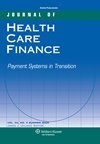
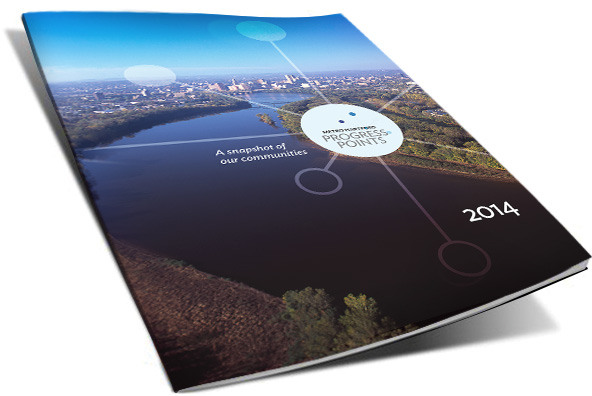 The “number of students with non-English home language” according to data on the website of the
The “number of students with non-English home language” according to data on the website of the 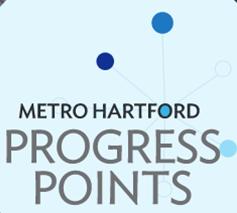
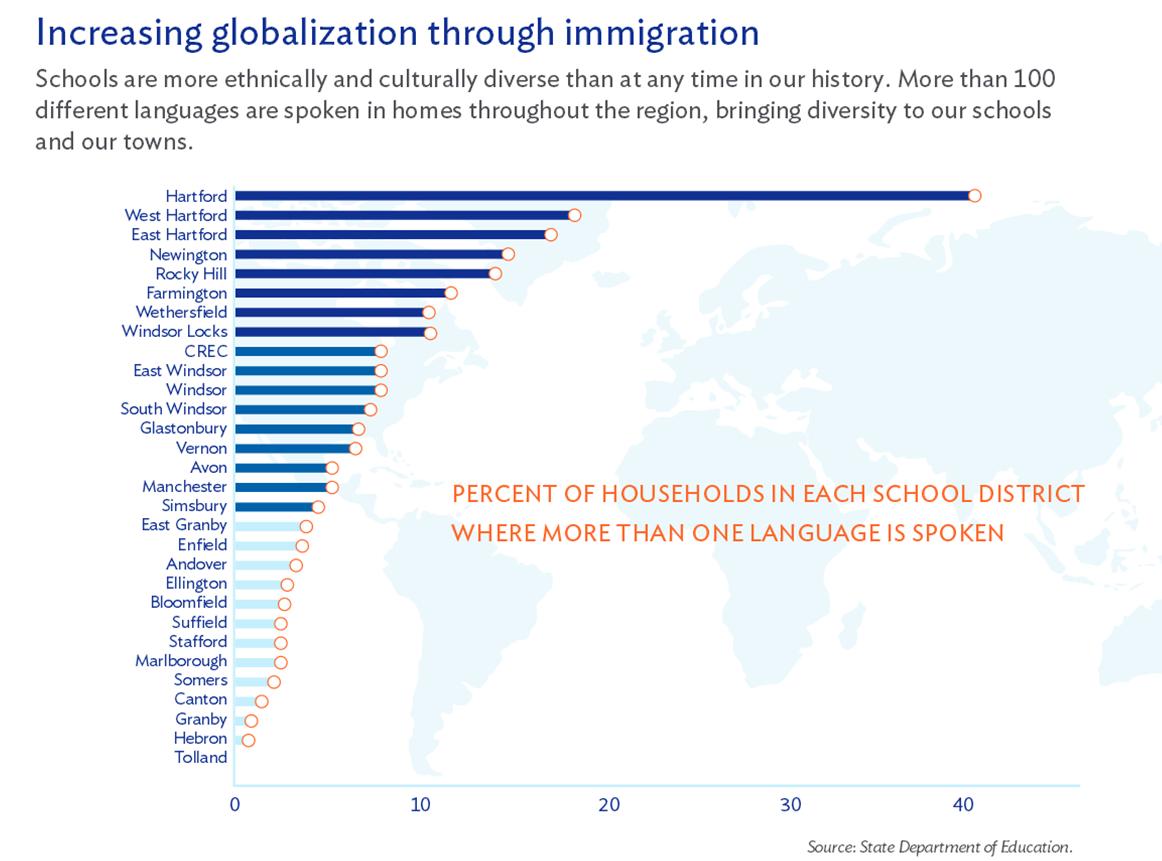 tudents.
tudents. dy make important contributions to Connecticut’s economy. For example, Connecticut’s labor force is 16.7% foreign-born.
dy make important contributions to Connecticut’s economy. For example, Connecticut’s labor force is 16.7% foreign-born.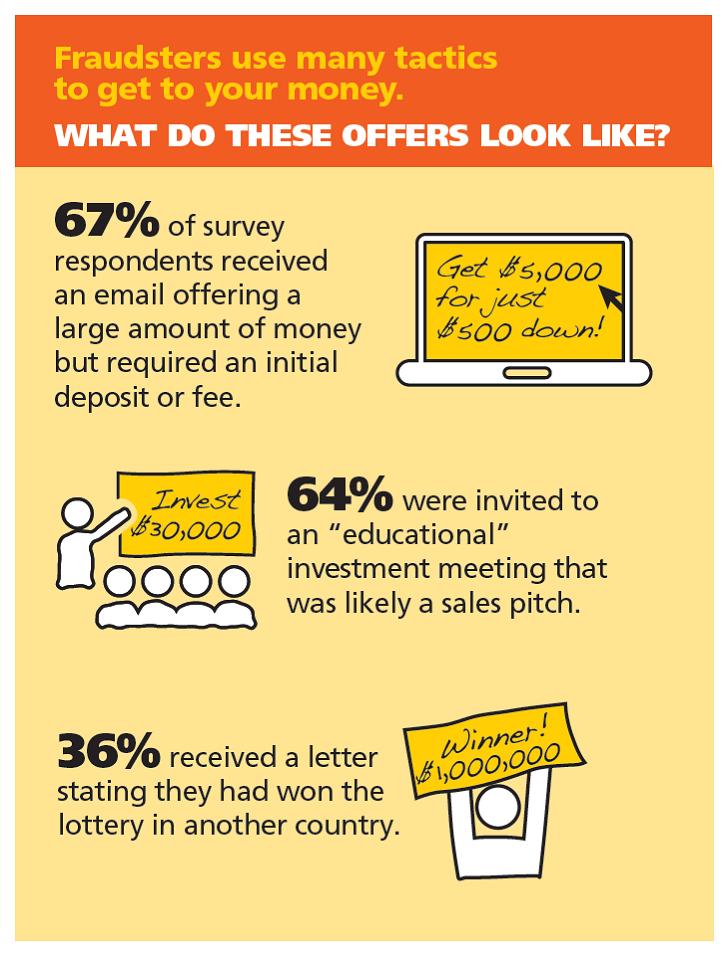





 opulation was born in Connecticut.
opulation was born in Connecticut.



 tive Director of the
tive Director of the 
 rth. In Wyoming the gap is 37.1 percent, in New Hampshire 38.6 percent, and in South Dakota, 39 percent. In South Dakota, with the widest gap, only 10.9 percent of the wage earners in the top one percent are women.
rth. In Wyoming the gap is 37.1 percent, in New Hampshire 38.6 percent, and in South Dakota, 39 percent. In South Dakota, with the widest gap, only 10.9 percent of the wage earners in the top one percent are women.


























